From hip florals and pops of color to sculptural food and minimal flat-lays, the last few years have revolutionized still life photography. Last year, the #shelfie trend-inspired fine artists and Instagrammers alike to reimagine everyday objects and transform their bookshelves and desks into candy-colored confections. The new wave of still life photography has touched the world of interior design, marketing, and, of course, stock photography.
“Still life images are always popular with Licensing clients,” the 500px Content Team tells us. “This is an evergreen genre.” In a diverse and flourishing market, what are some of the updates that have reshaped this genre in recent years, and how can photographers adapt and implement them? Here are our top tips for taking still life pictures that sell.
Seek inspiration daily
There is no shortage of inspirational materials when it comes to still life photography, so draw on the genre’s rich history (and present!) for unique ideas. To stand out from the crowd, combine historical movements like pop art, minimalism, and Bauhaus with trending keywords and hashtags you notice on social media.
“Keep an eye on the real world,” the 500px Content Team advises. “It is always good to have a look at subway ads, YouTube ads, and design blogs to be on the lookout for trends.
“Fashion brands and lifestyle brands are a constant source of inspiration for colors, layouts, and designs, and advertising and magazines are always a great place to start. Going to a museum is also a good idea. Try to understand the use of light and composition that makes a certain piece great.”
Once you’ve combed all these resources, start building an inspiration folder or mood board full of images that get you excited about shooting still lives.
Get trendy with color
“Color patterns are very trendy, especially when they include complementary colors,” the 500px Content Team explains. “It is always a great idea to think about how you would creatively elevate an image by experimenting with different colors.”
Luckily, now’s the time to capitalize on new color trends, since companies are rolling out their 2020 Colors of the Year. Pantone has chosen Classic Blue, while paint companies Benjamin Moore, Behr, and Sherwin Williams have named First Light, Back to Nature, and Naval as their selections. These are a few of the colors that will shape marketing in the new year, so take advantage of them when organizing your still life photoshoots.
In post-processing, you can also play with color by boosting the saturation and vibrance (or bringing them back down).
Make a plan
“When shooting still life images, photographers have complete control of the subject, the lighting, the mood, and the composition of a photo,” the Content Team adds. “That makes still life photography a great way to test and experiment with lightning, composition, and theme.”
When working in this genre, it’s important to be intentional and prepared. As 500px Ambassador Dina Belenko told us earlier this year, making sketches can help. You can always change things around as you go, but having a general idea of where each item will be placed and how you’ll light your scene will save you time and energy on set.
Mapping out your set in advance can also help with composition, especially if you plan to follow the golden ratio or the rule of thirds.
Create a concept
Part of the planning phase is conceptualizing your shoot. Your photos should help buyers illustrate ideas and accent their campaigns, so put some thought into the theme or idea you’d like to convey. If you’re shooting a still life with coffee, for instance, you could consider using bright, poppy colors for an energetic vibe, or if you’re shooting fruits, you can employ some Rembrandt lighting for a classic atmosphere.
It can help to jot down some words that come to mind while you’re brainstorming your concept. Browse 500px for photos you love, and take a look at the keywords the photographers have assigned them, or take a peek at Instagram for hashtags that speak to the mood you want. These words and phrases will eventually become your keywords when you upload your photos for Licensing.
Of course, make sure every item and prop you select works together to tell the same story, without distracting from the main subject.
Use your imagination
Still life photoshoots can be the perfect chance to experiment with something new—and even break some rules. Today’s Licensing clients crave bold, out-of-the-box images, so don’t be afraid to get creative. One cool way of creating surreal, pop art-inspired pictures is by painting common, everyday objects (and even food) in bright, unexpected colors.
It can also help to start a collection of fun and quirky props that get your creative juices flowing. “One good idea is to look for inexpensive colorful backdrops,” the Content Team adds. “Also, flea markets and second-hand shops are great places to find interesting props to photograph.”
Go natural
These days, buyers need still life photos that speak to our changing world, so think about incorporating natural, plastic-free items that send a powerful message. Raw, vegan ingredients, and reusable, eco-friendly packaging are popular right now in food and product photography, and CBD is trending in the beauty and wellness market. These are all great themes to incorporate when you’re selling still life photography.
Keep it clean
Use clean lines and plenty of negative space (or copy space) to make your photos pop off the screen—even in thumbnail form. To avoid busy compositions with too many elements, you can start with one or two objects, light them first, and then add others as you go along.
You don’t need any visual “clutter” or “excess” to make your photos shine, so think carefully about each new prop you introduce. Experiment with different colors, but make sure they harmonize and go well together.
Your composition should be clean, but so should the items themselves. If you’re working with flowers, fruits, or veggies, select specimens that don’t have any bruises or wilting, and if you implement glassware, use gloves to avoid leaving fingerprints.
Visit the dark side
Bright still lives are in demand these days, but so are dark and moody ones. Last year, the Getty Images Creative Research Team named ‘The Dark Arts’ as one of their trends, with chiaroscuro lighting, rich colors, and hashtags like #darkfoodphotography climbing the charts. As they pointed out, “dark” doesn’t mean gloomy—it just means subtle. If you’re going for this look, try a dark background and secondary pastel colors.
Play with light
As a still life photographer, light is one of the most important tools in your kit. Use a tripod, and try lighting your object(s) from the back and sides to see what works.
You can do a lot at home using a counter, a pretty background, and natural light from a large window (with curtains you can adjust)—or you can bring out your studio set-up and experiment with diffusers and reflectors. “Using gel light filters can be an excellent way to add a twist to your still life photography,” the Content Team says.
Focus on texture
Add depth, interest, and drama to your photos by incorporating various textures, from smooth or soft to rough and bumpy. Try using different surfaces and see how it affects your work overall. “Photographers need to experiment and create work that pleases them,” the Content Team tells us. “It’s good to follow trends, but we also want to keep the doors open to experimentation.”
Capture different perspectives
“Flat-lays are always good to have in a Licensing portfolio,” the 500px Content Team tells us. Grab some photos of the same set-up from the top-down and the side. Give your buyers as many options as you can, and try out different crops and orientations.
Experiment with depth of field too, and notice how different apertures change the composition and atmosphere of your scene. You can also take some photos with hands, as popularized by the Instagram hashtag #handsinframe.
Make it seasonal
A quick way to improve the marketability of your images is to give them a timely twist, so if you’re shooting during the holidays, consider incorporating some ornaments, candles, pinecones, or holly berries. In winter, citrus fruits can also add a pop of color, while berries, mangoes, and watermelon are well-suited to summer photos.
Not on 500px yet? Click here to learn about Licensing with 500px.


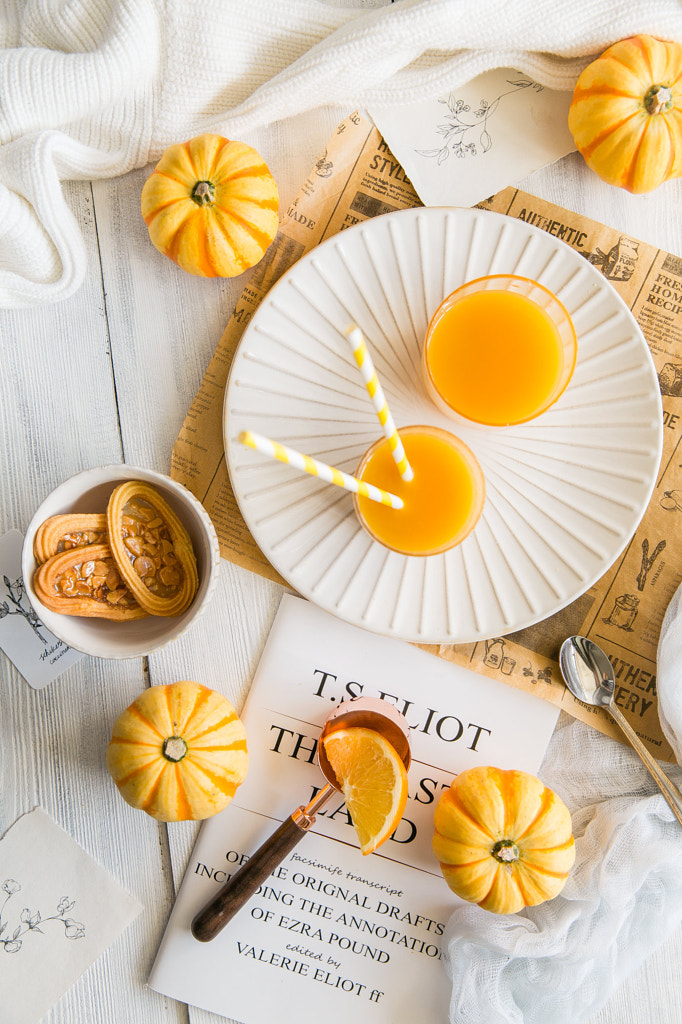

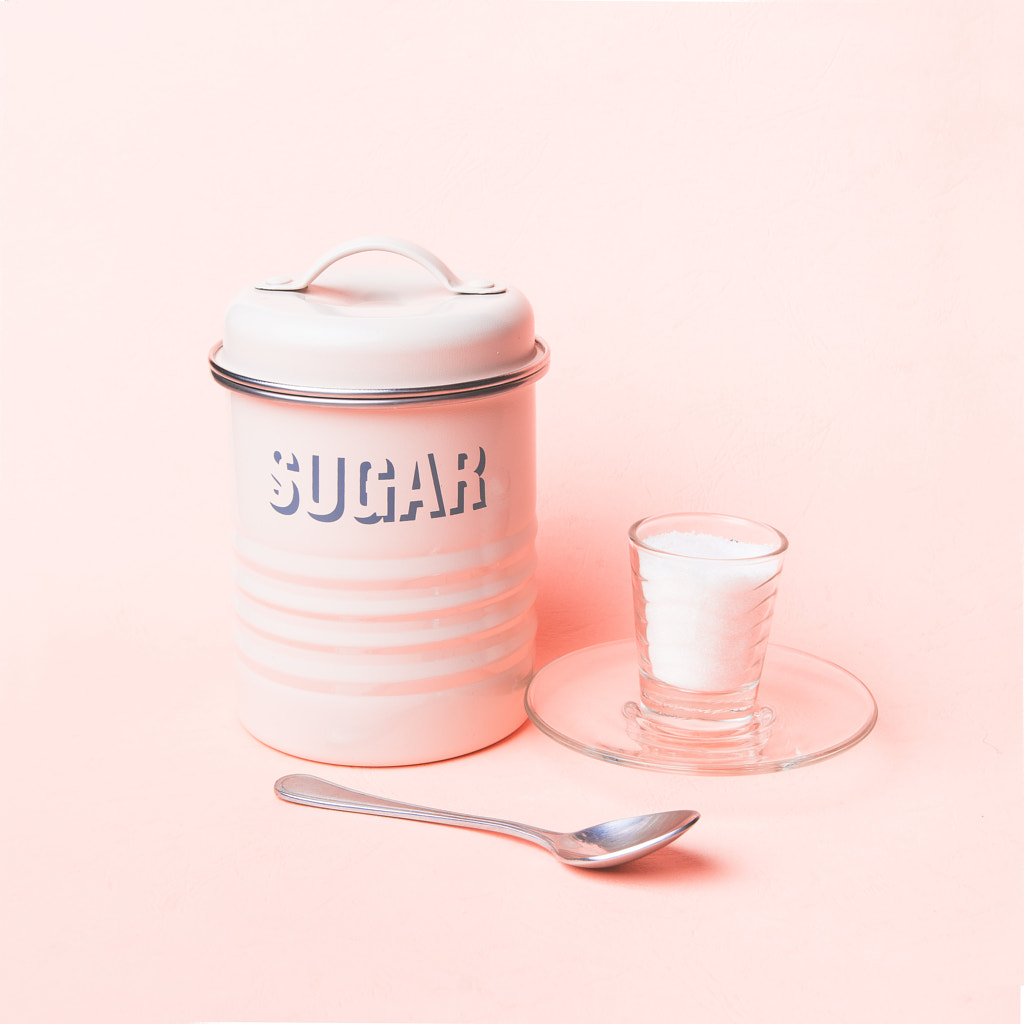
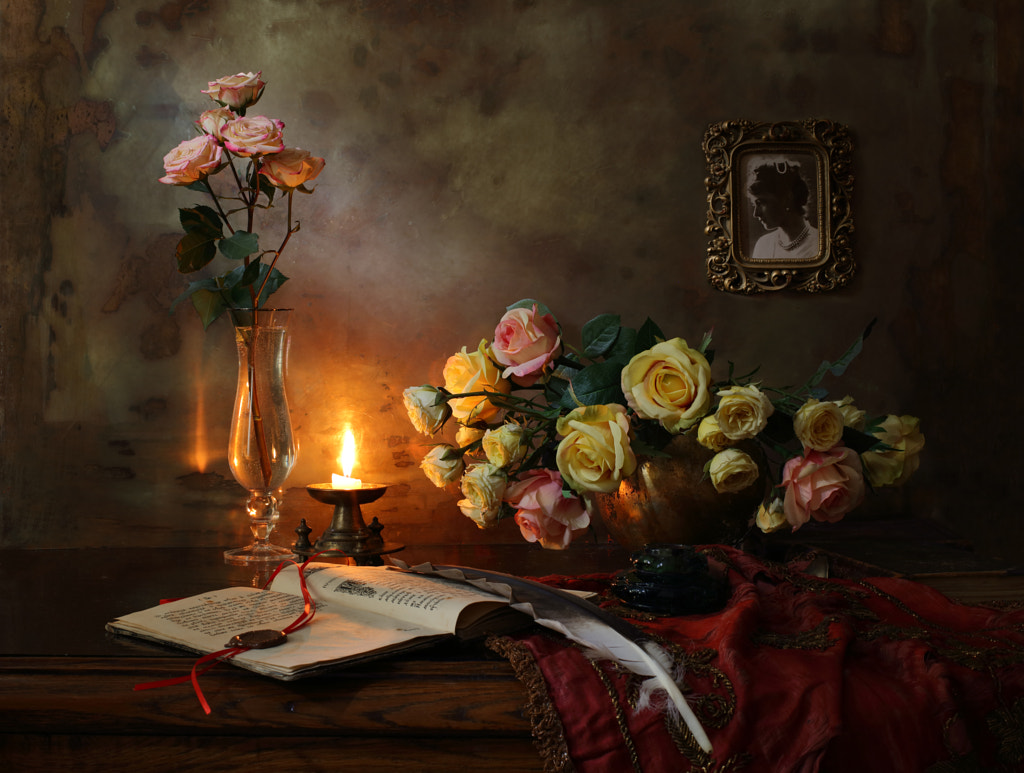
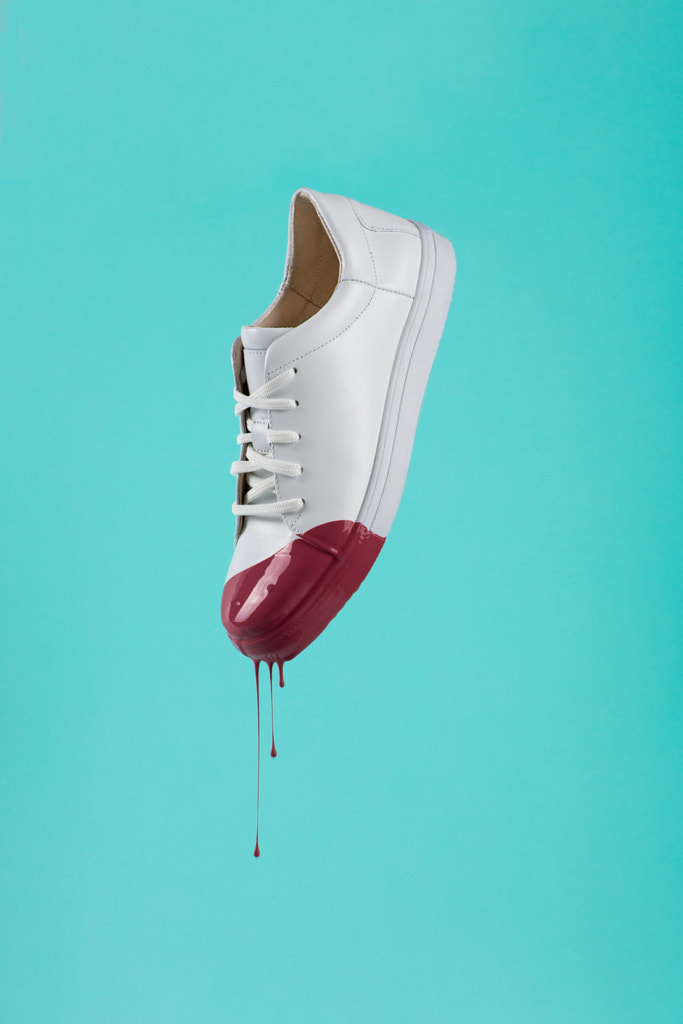
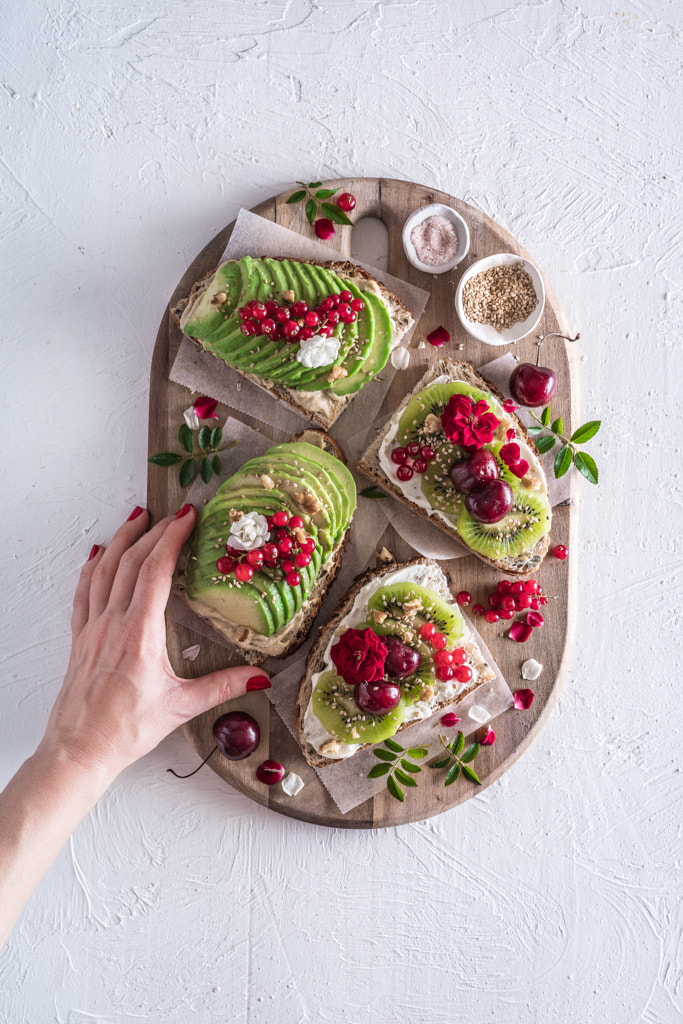
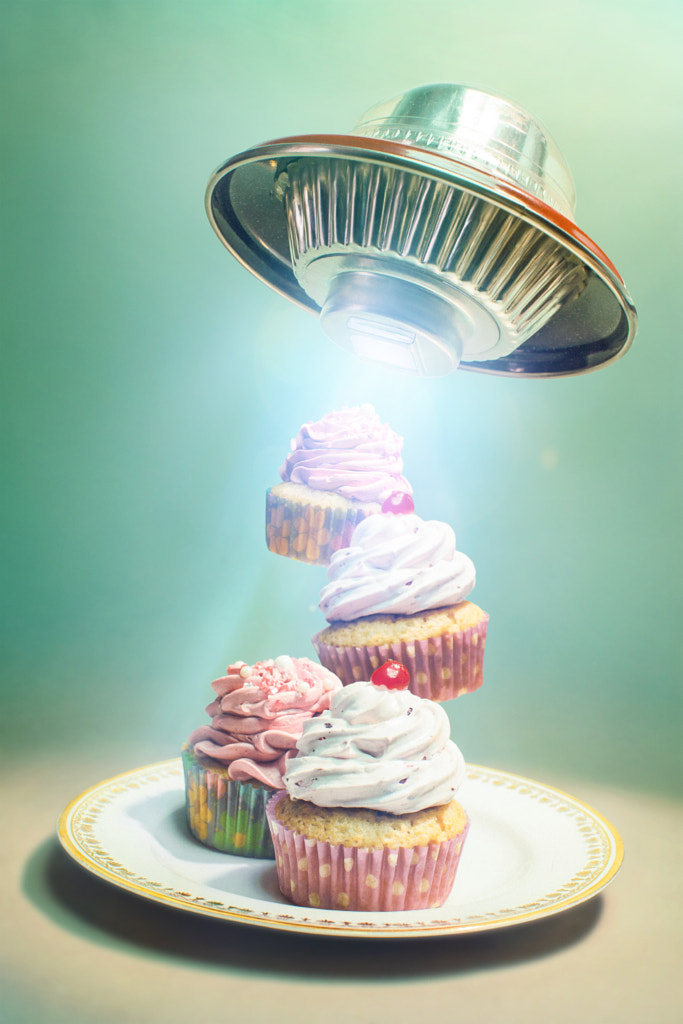
![[??????16]??? by ????D.J.Rabbit on 500px.com](https://drscdn.500px.org/photo/287370261/m%3D900/v2?sig=5b2b16b451ce1c8afd17ce07da2f2f5cf0304df1c0dc5e077f3c739ae8327bf0)

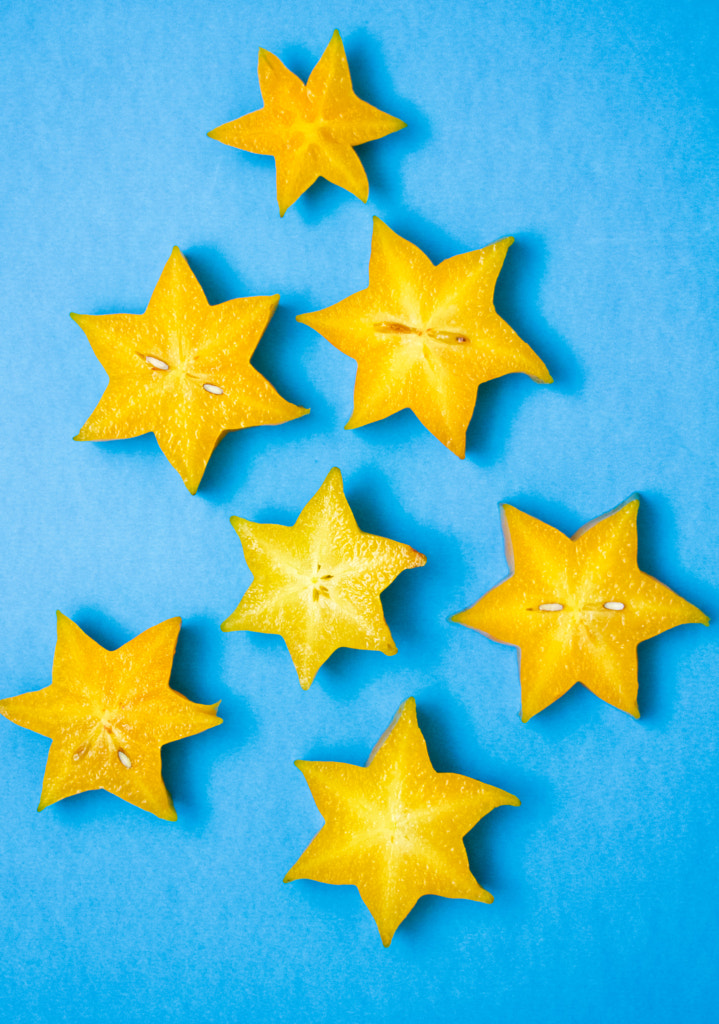
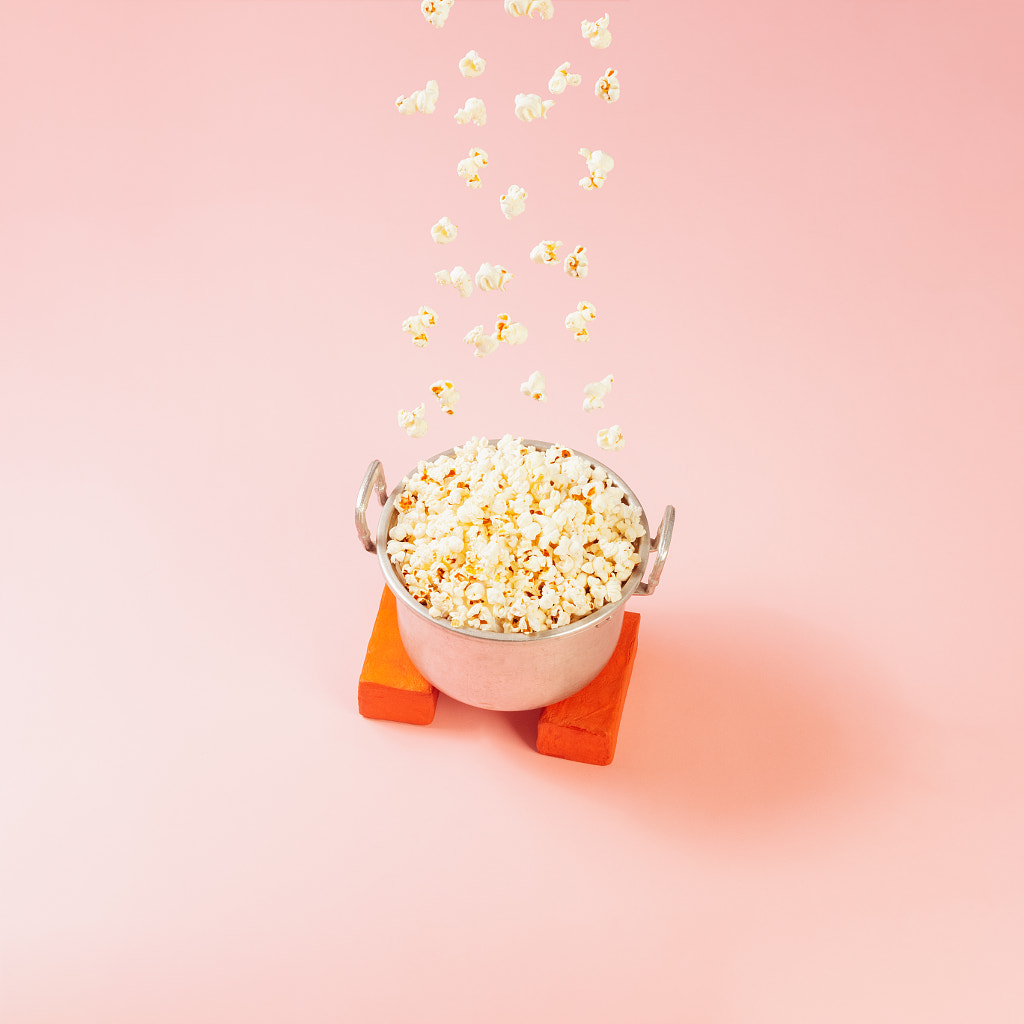

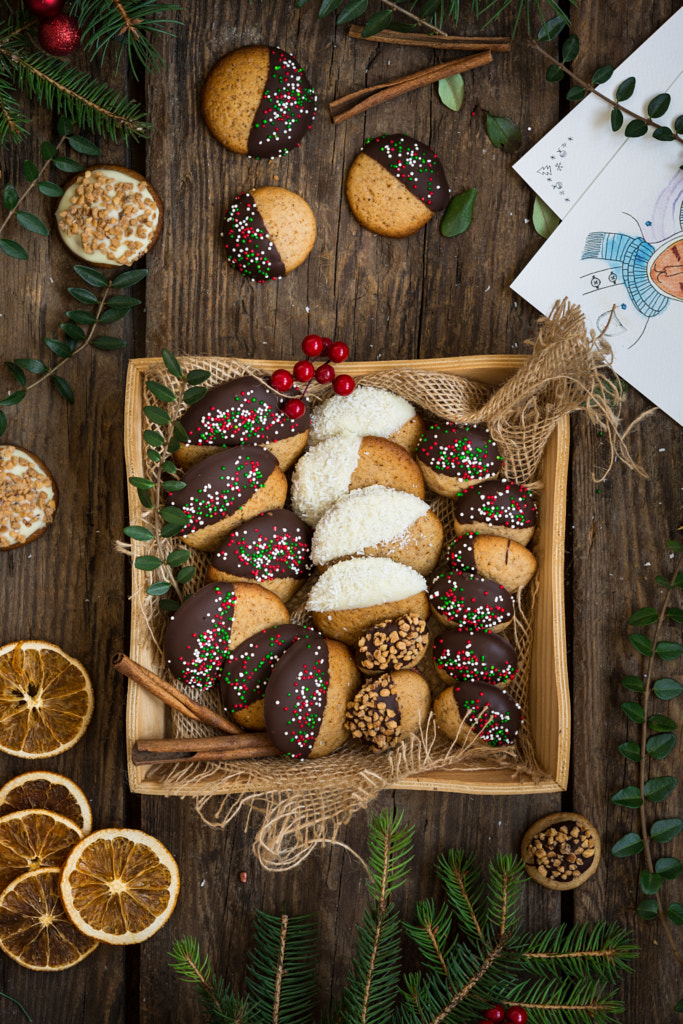
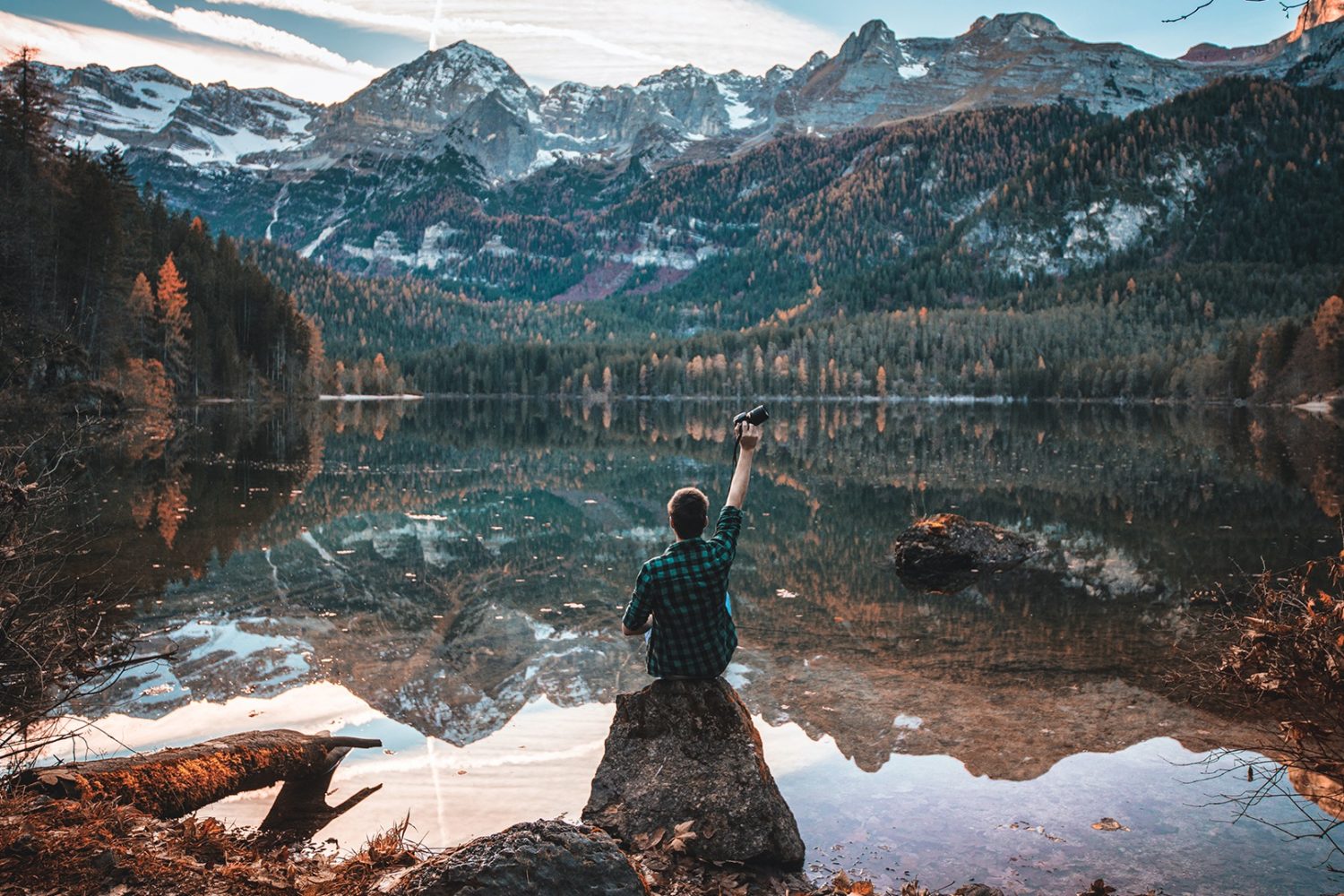


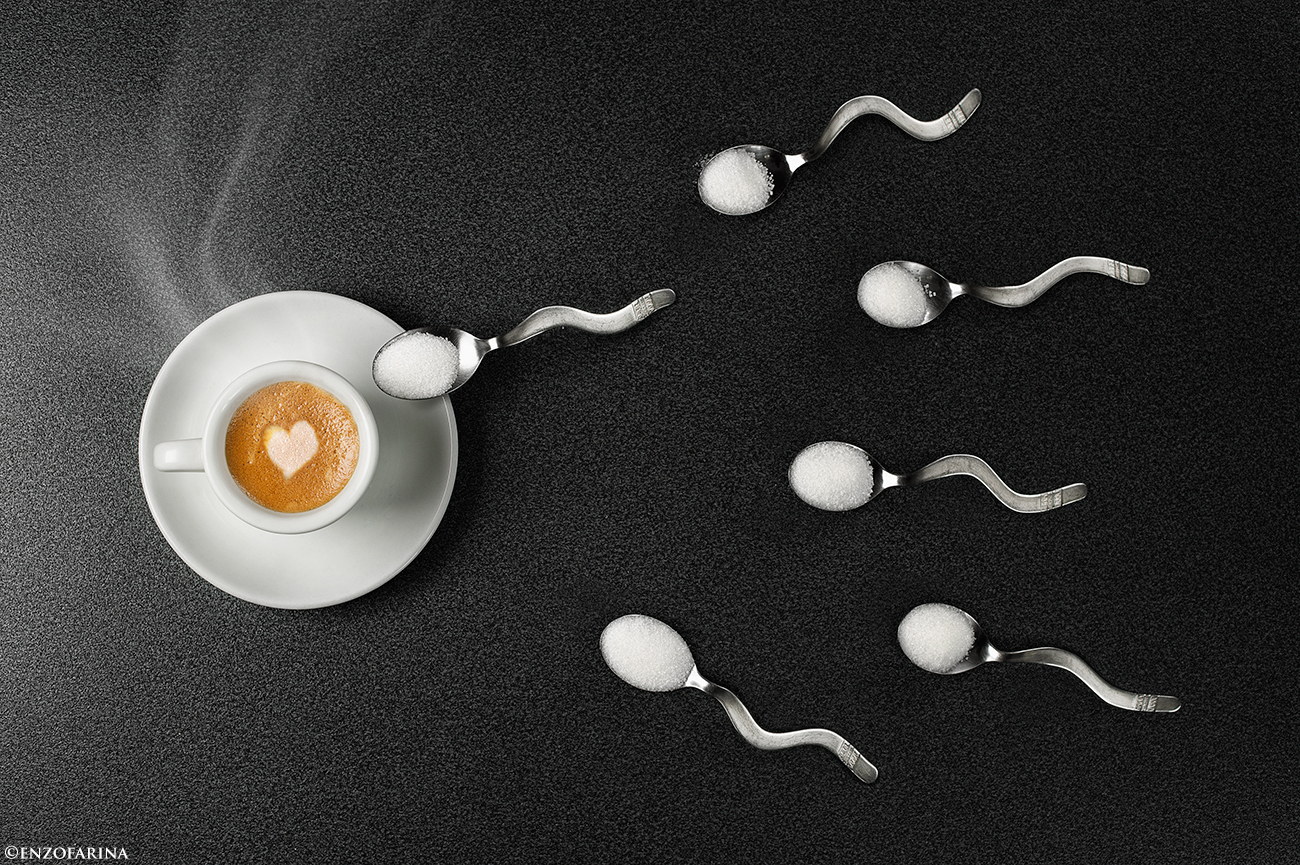
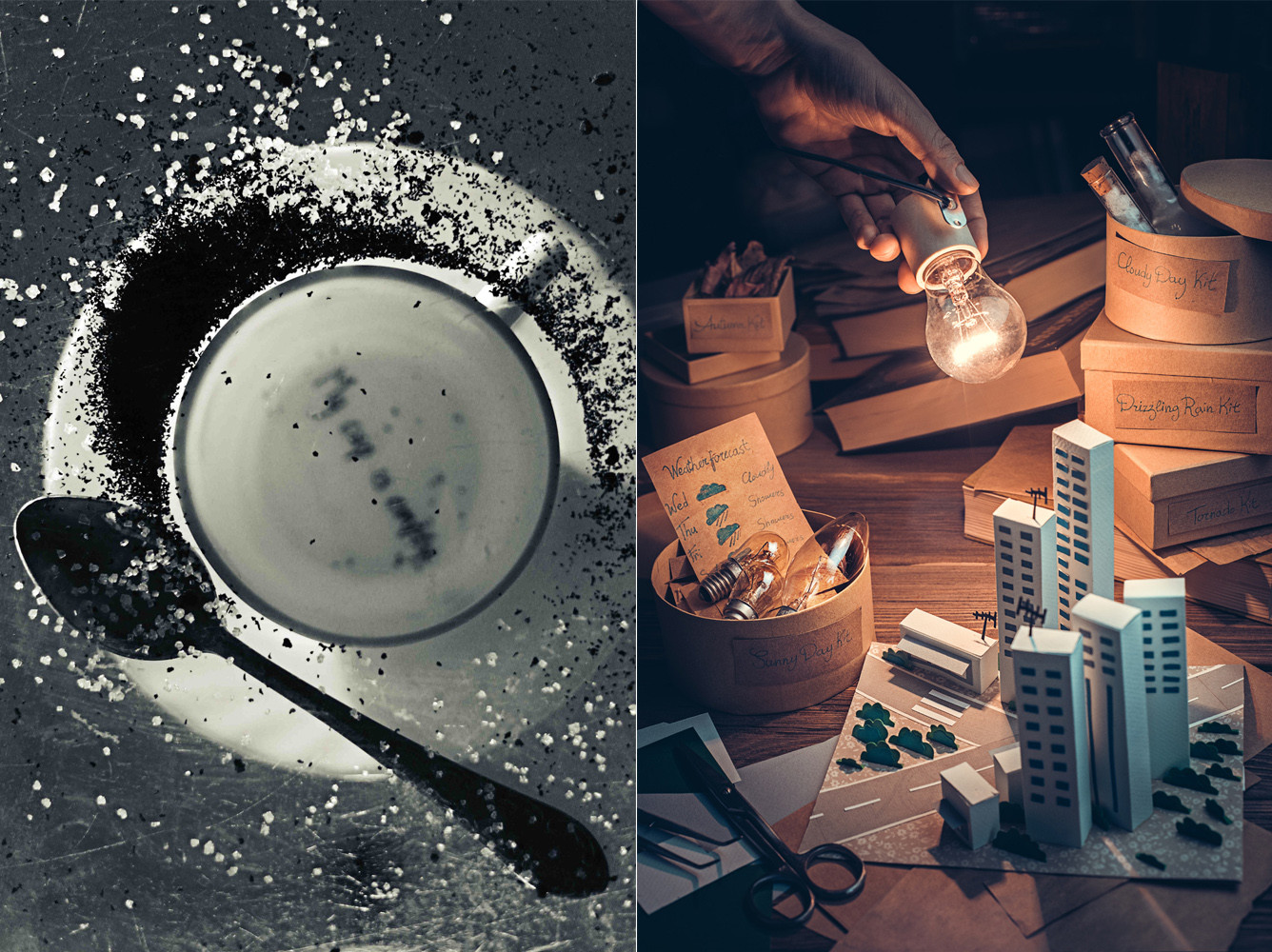
Leave a reply